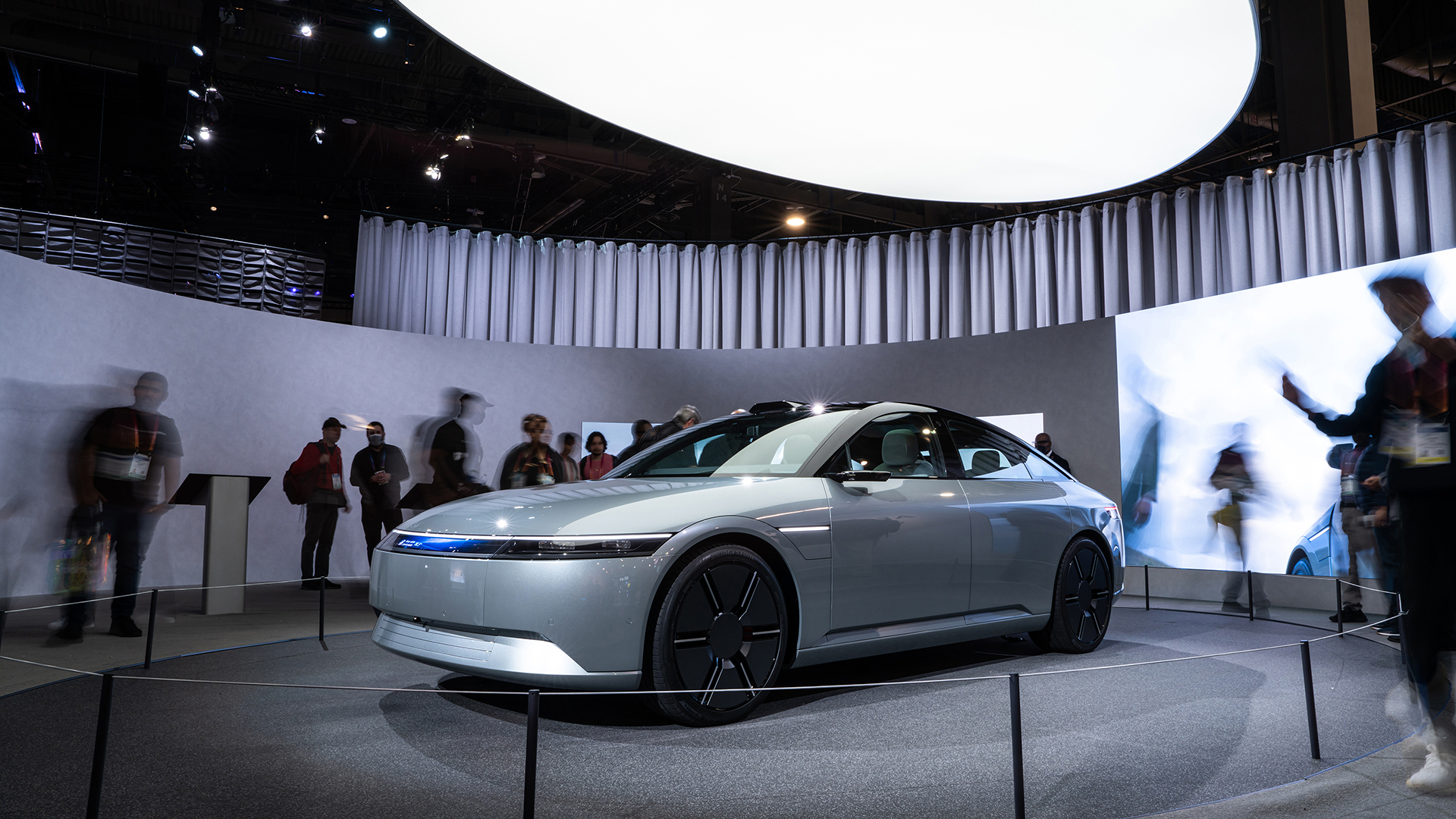
When you think of Sony, you might imagine Bravia televisions, Walkman music players, a range of entertainment companies, or its dominant gaming brand Playstation. But one product you probably don’t associate with the Japanese electronics conglomerate is the car — and it wants to change that.
In January, Yasuhide Mizuno, CEO of Sony Honda Mobility, took the stage at CES 2023 to show off Afeela, the electric concept vehicle it’s developed with Honda, a major Japanese automaker. As the push to go electric disrupts the traditional auto industry, plenty of companies are trying to carve out their own niche in whatever market emerges on the other side. Sony is no different.
But here’s the problem: As this transition takes hold, it’s not just about swapping the “dirty” internal combustion engine for the “clean” electric battery (let’s put aside for a moment how accurate of a portrayal that really is); it’s also gotten tied up with a broader transformation of the vehicle as digital, internet-connected technologies are being integrated into cars, trucks, and SUVs of all shapes and sizes, often based on public relations and expected consumer desires rather than data on their real-world impacts.
Look at Sony and Honda’s Afeela: It’s supposed to be a “software-defined vehicle” that will feature constant connection to the cloud. The vehicle promises to offer autonomous driving thanks to an array of 45 sensors and cameras, while the interior will be kitted out a panoramic screen across the front dash and two large screens in the back seat for access to the vehicle’s infotainment system. “In addition to movies, games and music, we envision a new in-cabin experience using our expertise of UX and UI technologies,” said Mizuno. But how realistic is that?
How Tech is Shaping New Vehicles
In recent years, many automakers and tech companies developing car software have been pushing this vision of connected cars with an array of digital displays to replace the physical knobs and buttons that have defined the automotive experience for decades. Last year, Apple showed off an updated version of its CarPlay system, and it too featured a screen that covered the entire dashboard of the vehicle with an array of useless widgets you shouldn’t be looking at while you drive.
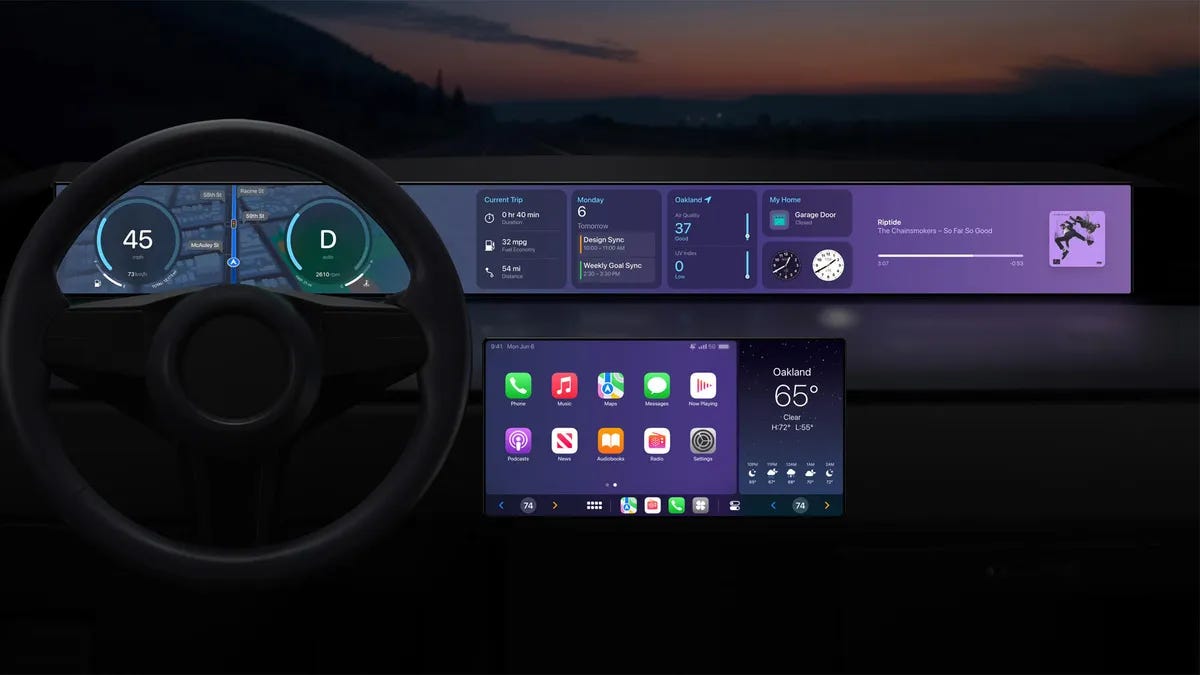
It seems pretty clear why this is happening: it’s all about emulating tech aesthetics that are perceived as futuristic rather than building features that are safe and make sense to be added to a vehicle — a dangerous piece of equipment that kills over a million people a year.
I place the blame for this on Tesla. Elon Musk and the designers at Tesla, aided by a fervent media, set the standard for the what the car of the future was going to look like and how it was going to function. It wasn’t going to be a traditional sedan like the Toyota Prius or Nissan Leaf, made to be more environmentally conscious (as much as that’s possible for a personal vehicle in the first place). No, it was an expensive, high-powered sports car with a massive battery, a touchscreen, and some other gimmicks that would soon drive itself if you’d only wait a few years — then a few more, then a few more, and on and on. (Now we can add monstrous SUVs and trucks to that list.)
You can even see hints of that inspiration in the Afeela: despite how terrible it is to drive with, the concept vehicle has a steering yoke instead of a traditional steering wheel, echoing moves Tesla made in 2021 (and has since quietly pulled back on). But why are carmakers headed in this direction? There are business reasons, like cutting back on parts for all those buttons which looks good on a spreadsheet, but it’s also inspired by the technological trends of the past decade and a half.

First, consider the impacts of smartphones. They began to take off in the late 2000s, following the release of the iPhone in 2007. Immediately, they created a safety issue: because of everything that could be done on smartphones, people got more distracted behind the wheel. Hands-free systems were offered as a solution, allowing drivers to take calls and use some other features without having to look away from the road. But because the phone was the interface people were getting used to, touchscreens slowly got implemented in cars; first as an addition to traditional functions, but increasingly as the only method of adjusting vehicle settings. Even if you want to change what you’re listening to or adjust the climate control while you’re driving, you’ll have to mess with a touchscreen that provides no tactile feedback, forcing you to look away from the road. No surprise that presents a safety hazard.
Going back to 2017, the American Automotive Association (AAA) and the University of Utah were already warning that infotainment systems were distracting drivers. They found drivers were distracted for up to 40 seconds when completing tasks on touchscreens, when previous AAA research found drivers who look away for just two seconds double their risk of being in a crash. IAM Roadsmart, a road safety organization in the UK, later found that systems like CarPlay and Android Auto, which were released with the promise of reducing distraction, were doing the opposite. The reaction times of people using the systems were five times slower than people driving with the legal limit of alcohol in their systems — and that’s before Apple’s new effort to expand the scope of CarPlay. Then, last year, Swedish car magazine Vi Bilägare tested 12 vehicles and found physical buttons were much safer than touchscreens.
Another part of the reason these large screens and infotainment systems have been embraced is because of the prospect of autonomous driving. In the early to mid-2010s, there was a lot of hype around how self-driving cars were going to completely upend how we move. If we just waited a few years, we were told, the brilliant engineers at Tesla, Google, Uber, or automaker-backed groups like Cruise or ArgoAI were going to forever change automobility. But that didn’t happen. The companies overestimated how well their computers could actually drive cars, yet that didn’t stop it from influencing vehicle design. New vehicles are filled with sensors that produce reams of data and the large screens that automakers like Tesla assumed would be used for entertainment while your car drove you to your destination, even as its assisted driving software technically still requires drivers to keep their hands on the steering wheel and eyes on the road, regardless of what Musk often claims.
Once again, you can see this reflected in Afeela: Sony floated the idea of building a Playstation 5 into the vehicle, and Mizuno said the company’s goal was to “develop a car as hardware that will cater to the entertainment and network we would like to offer.” It sees its push into the auto industry as a way to serve its broader corporate interests. But does its vehicle, and the broader trend it’s part of, serve the public interest? Absolutely not.
We Can Do Better Than False Promises
Automakers and tech companies promised us they were going to solve the automotive safety crisis. But a decade on, road deaths continue to hit records in the United States — the death toll jumped 10.5% to 42,915 people in 2021 — and the techno-fixes are nowhere to be found. Apple has pushed its car project to 2026 (optimistic, if you ask me), Argo AI shut down last year, Tesla is facing investigations over its assisted driving features, and Waymo and Cruise are under scrutiny over their operations in San Francisco. Meanwhile, the infotainment systems companies are implementing in their vehicles are making the problem worse.
And that’s not even to consider the other consequences of building so many digital technologies in the cars of the future. All of these sensors allow companies to collect vast quantities of data from the vehicles they sell, which are used for their own business purposes, but also sold to data brokers. Meanwhile, companies are increasingly building software locks into their vehicles, meaning your car will be equipped with the hardware for a particular feature, but you won’t be able to access it unless you pay an additional fee. Once again, Tesla pioneered this, but others have followed. There was uproar when BMW announced you’d have to pay for access to heated seats and other features in future vehicles, and Sony has also made subscriptions part of its vision for Afeela.
There’s no question that the transport system has a lot of problems, but tech companies and auto manufacturers aren’t going to solve them. It’s disappointing to see how they’ve convinced so many people that an electric vehicle should be an expensive luxury car stuffed full of digital tech to serve their business goals over the public good — and that should be challenged as the transition accelerates. But beyond that, the experience of the past decade and the broken promises the tech industry made about transportation show us that the solution isn’t better cars. If we really want to address these problems, we need to make investments in public transit and cycling infrastructure, and start rethinking how we build communities so people can ditch their cars altogether. That’s what young people want, and surely many others would agree.

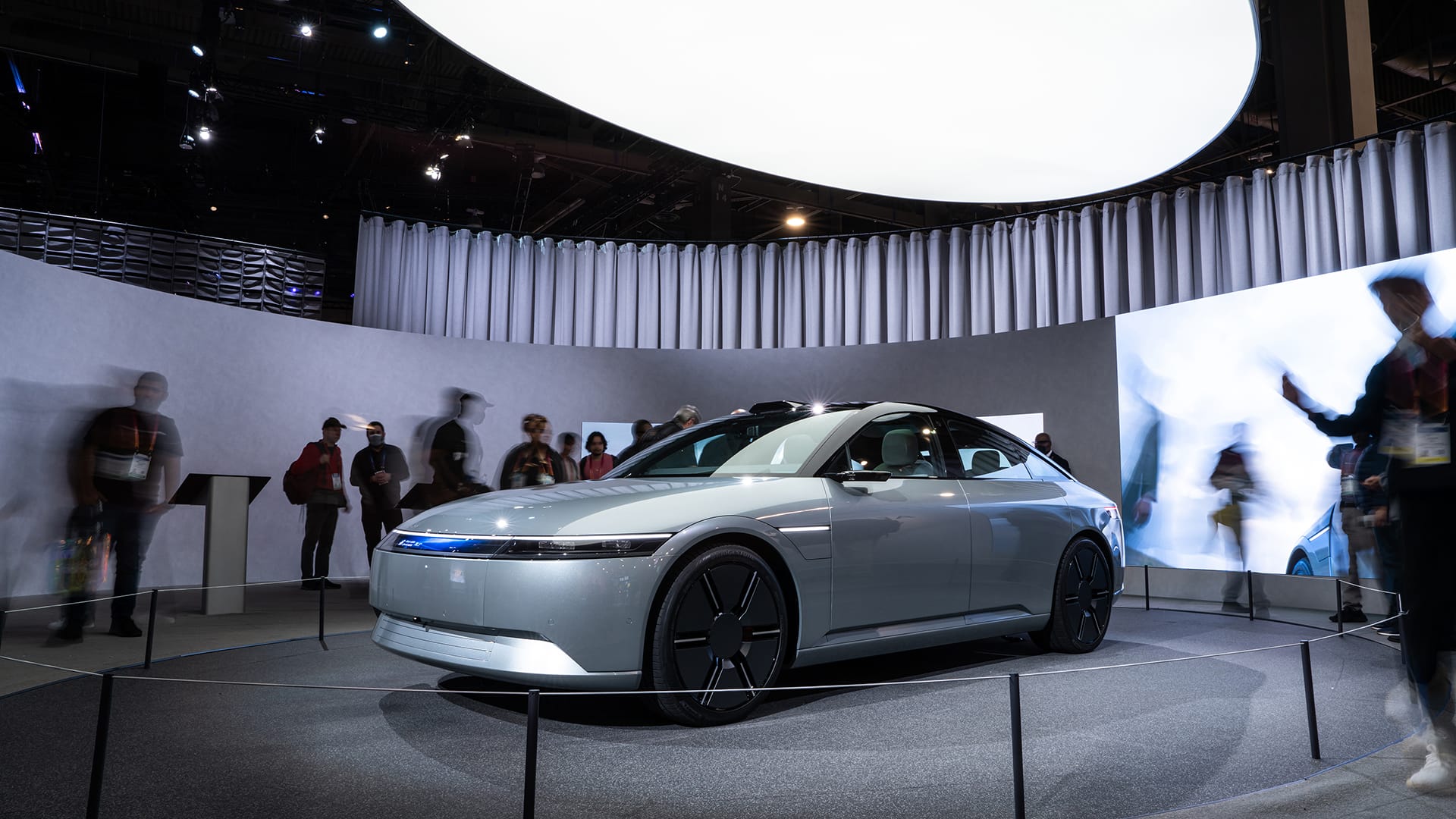



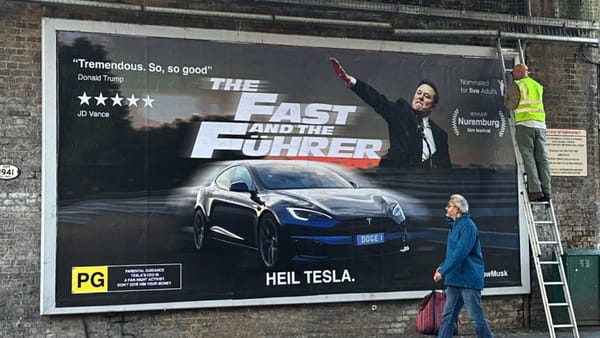
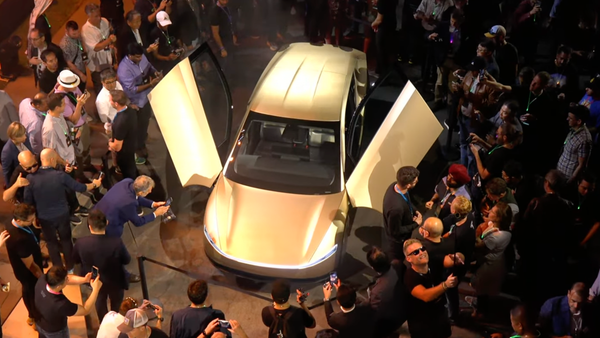
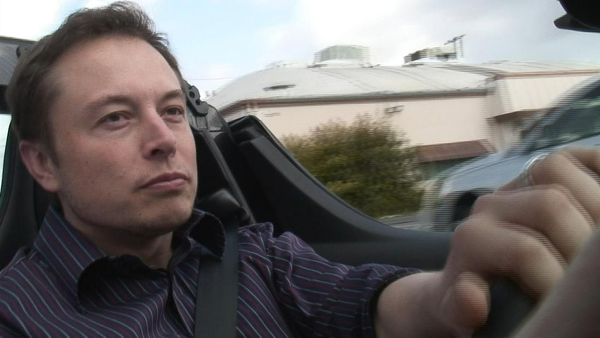
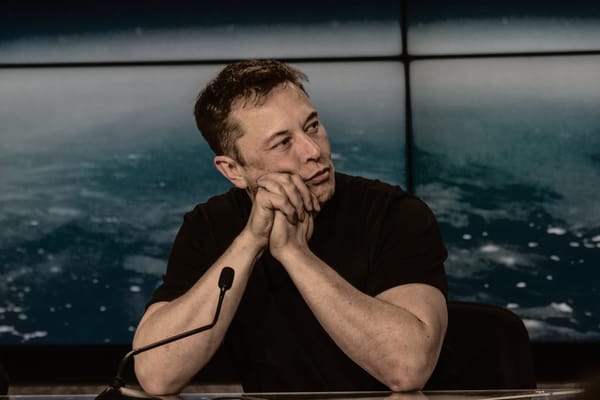

Member discussion